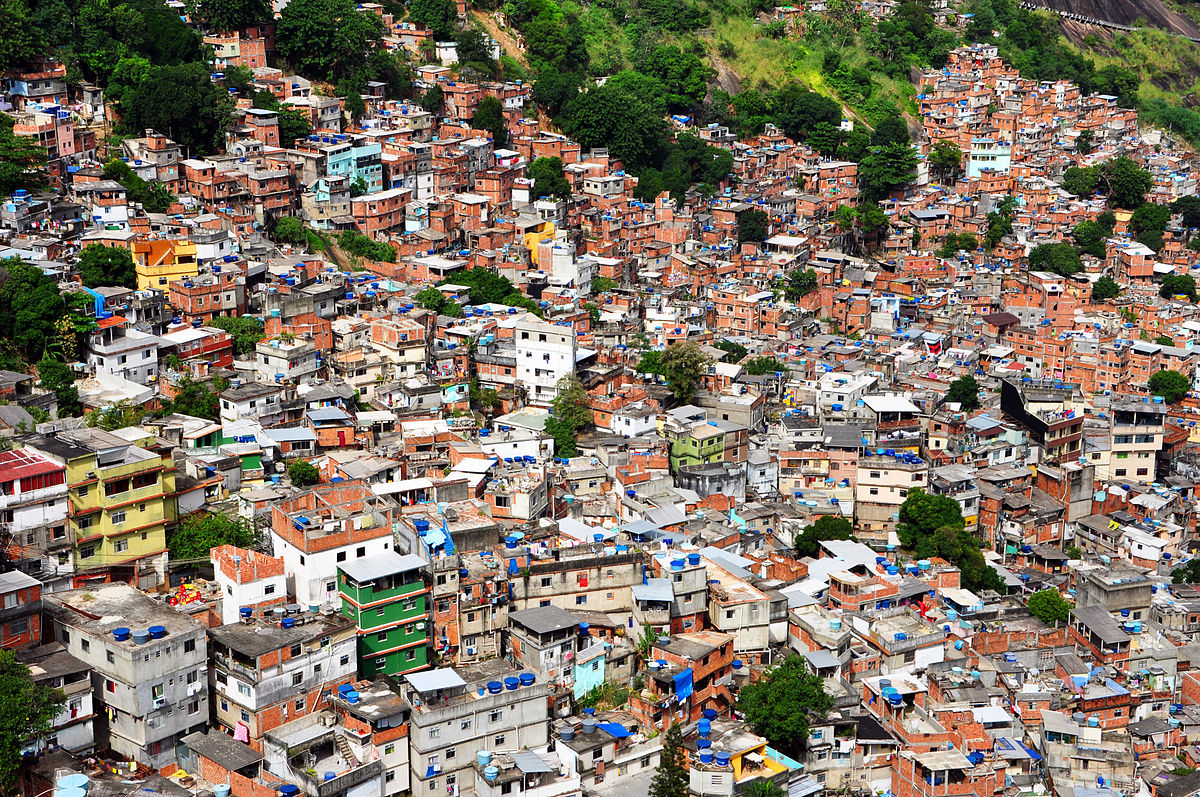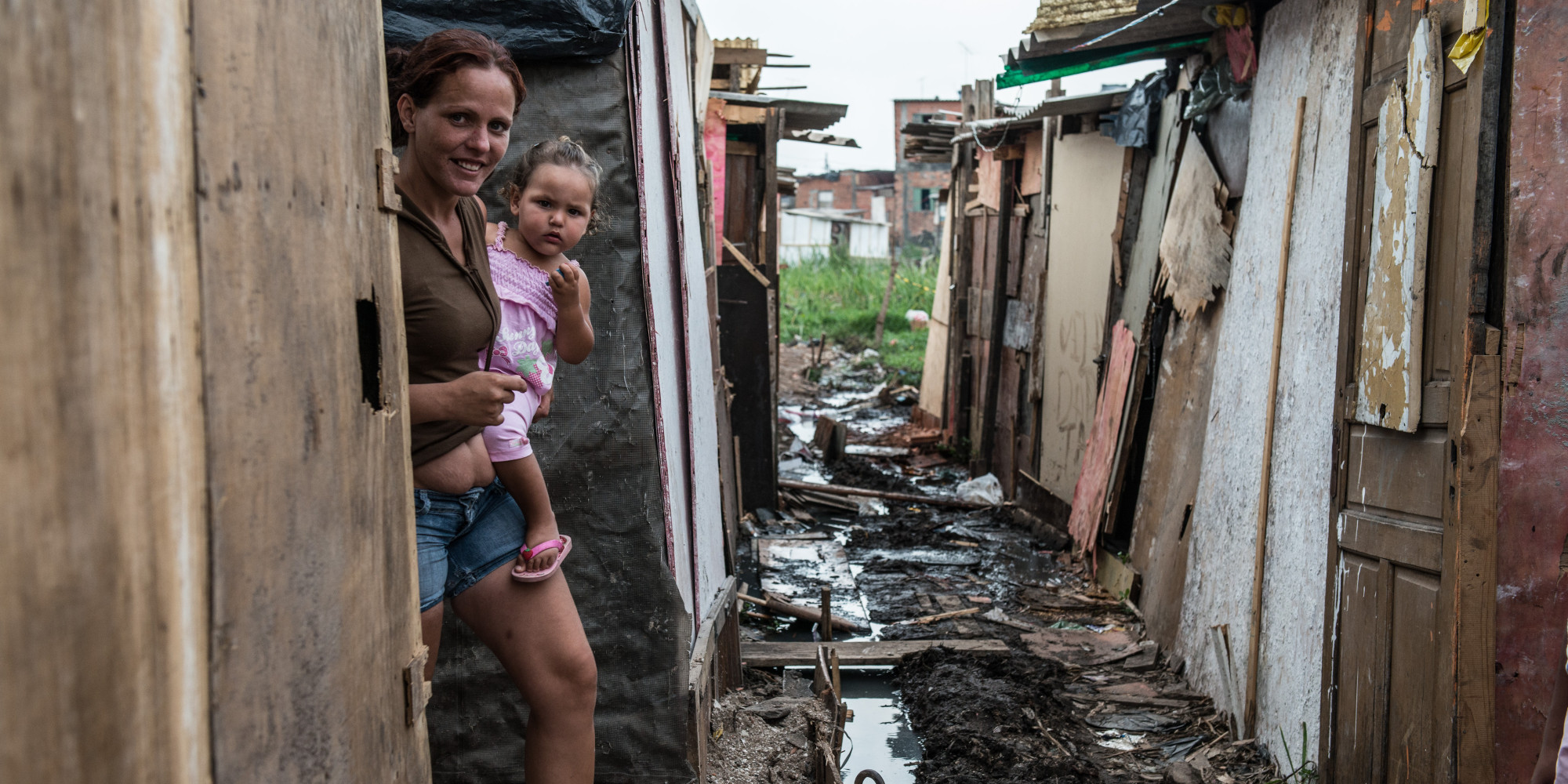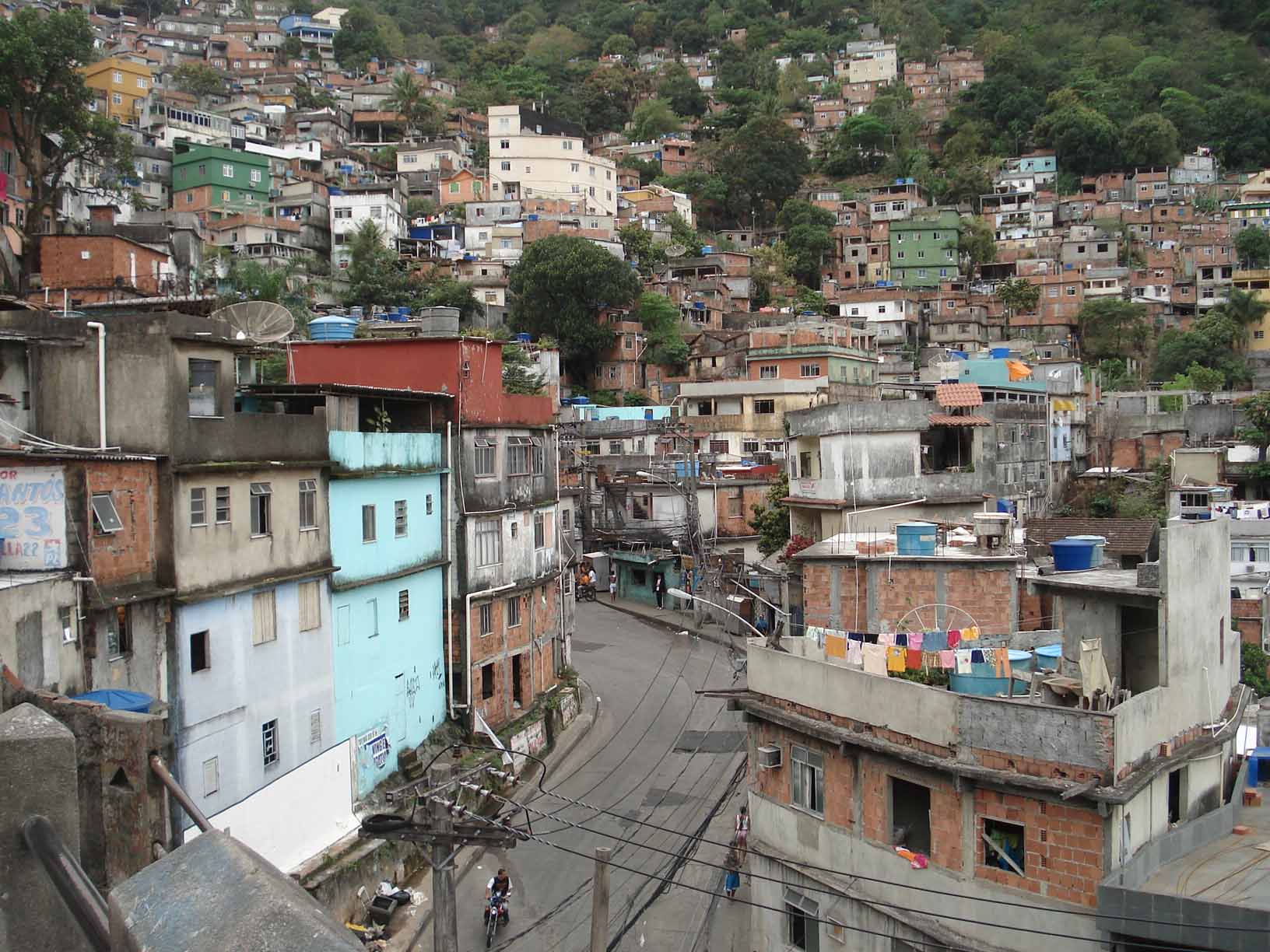Gender, Skin Color, Education Inequality
Gender and skin color play a significant role in income differences among the Brazilian population, and this is because of difficulties in wages, schooling, or both. Income differences caused by skin color accounts for 12 percent of income inequality in Brazil. In the United States, the same figure is 2.4 percent.
Access to education is also broadly unequal; by years of schooling, whites are two-thirds more than blacks. On average, women earn 29 percent lower than men make, despite that female in the Brazilian labor force are generally more educated than males.
The current gender gap remains unchanged since the 1920’s, this time it is against men. In conclusion, while the skin color gap is increasing, gender differences are random.
The growing of income inequality can be traced to back to three main factors:
1. Regressive public transfers.
2. Unequal distribution of education.
3. High wage gaps.
These are the primary factors that cause excessive income inequality in Brazil compared to other countries in the world. Compared to the United States, which has income inequality as per international standards.
- Brazil has less progressive public transfers, accounting for 39 percent of the growing inequality. Retirement pensions in Brazil especially pensions for public sector employees devour the largest share of social spending. More than other progressive social programs, pensions are unfair and is in the interest of higher-income groups. In fact, the richest 20 percent in Brazil receive twice the share of pensions given in the United States. 61 versus 26 percent. Furthermore, despite having twice as many beneficiaries than the United States, Brazil pays them more. At least, the other half is distributed fairly.
- The unequal distribution of education in Brazil is responsible for 29 percent of the growing inequality in Brazil. The labor force in Brazil suffers a significant skill gap when compared to the United States, and Mexico and Colombia as well. The percentage of workers with high school diploma and post-secondary education is only 35 percent. In the United States, it is 94 percent. In Mexico, it is 52 percent. It represents an enduring neglect for education that has been tackled just recently with extensive education system reformations.
- At last, wage differentials by skill level is responsible for 32 percent of the growth-inequality in Brazil. The Brazilian differential witnessed an exponential growth in the 1990’s, and it is 50 percent greater than its equivalent in the United States and way above Mexico’s. There is no established system of credit either, which doesn’t help matter. It translates to unequal asset distribution which also brings to even an uneven distribution of labor market incomes. Further, these two factors are mutually dependent. The division of education which is also the supply of skill partly determine the skill premium which is the relative price by skill. Actually, this value of the premium increased gradually over time due to both technological advances and the scarcity of highly skilled workers.



